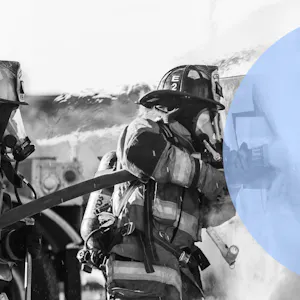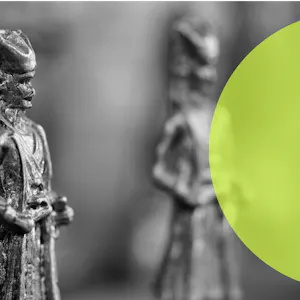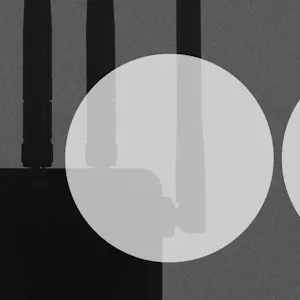Information Assurance




We’re all used to articles citing eye-watering figures on what a data breach or ransomware attack can cost an organisation; typically figures ranging from thousands through to millions.

In 2020, Immunity’s CANVAS exploit platform was leaked to the VirusTotal database; making the usually cost-prohibitive tool available to a much wider audience.

Double-extortion ransomware reflects the inevitable evolution of the digital version of kidnap and ransom.

Not a month goes by that we don’t see that another organisation has suffered a ransomware attack. In fact, in the last month we’ve even seen global car manufacturer Honda become a victim, along with several lesser-publicised organisations, including the city of Florence, Alabama in the US.

One of the issues highlighted by the Travelex incident—and the reaction to it—is the extraordinarily high level of culpability and scorn that continues to be attached to corporate victims of cyberattacks.

In the age of fake news, as individuals we are being encouraged to check the sources of information that we use.
